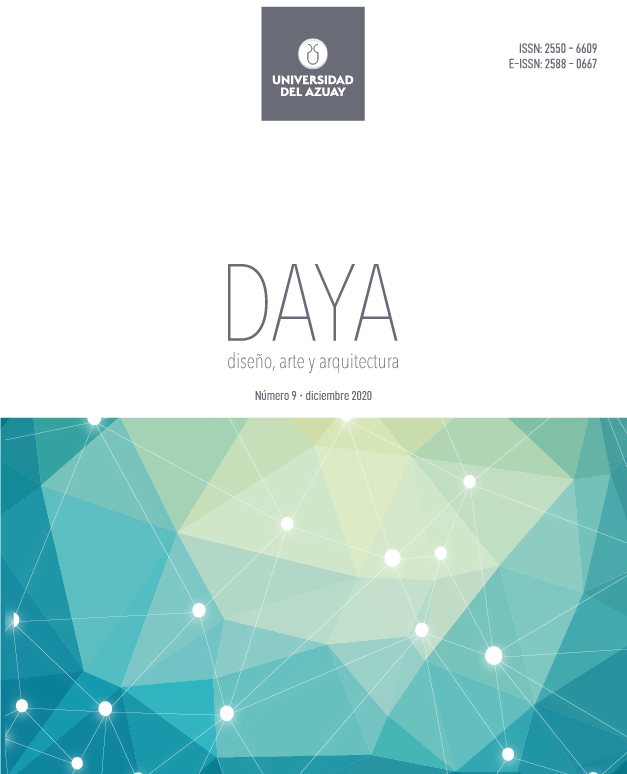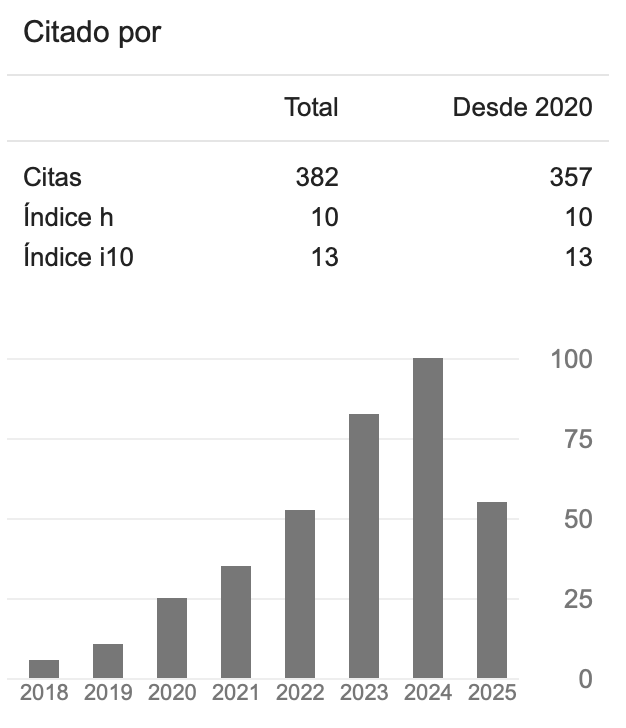UMBRAL ENTRE EL ESPACIO INTERIOR COMERCIAL Y LA PEATONAL. CASO: PEATONAL LIJNBAAN
DOI:
https://doi.org/10.33324/daya.v1i9.342Keywords:
Espacios intermedios, tienda comercial, relación espacial, escala, elementos del espacioAbstract
El objetivo de la presente investigación se basa en demostrar la ausencia de límites entre el espacio interior y el espacio exterior en un escenario comercial, se desarrolla en la calle Peatonal Lijnbaan, Rotterdam con la aspiración de entender que ocurre previo y después de una fachada -escaparate- comercial; las peatonales comerciales son fragmentos de pocos metros en donde el peatón interactúa inmediatamente con el espacio y permite contacto entre lo privado (tienda comercial) y lo público (conjunto comercial calle); los elementos compositivos tanto del interior como del exterior son los datos base para la comparación, el método relacional resulta de la abstracción teórica de textos relacionados con la guía de espacios interiores de carácter comercial así como espacios urbanos peatonales; una exploración a través de tres dimensiones, la primera focalizada sobre la calle comercial, la escala humana – urbana- del conjunto, la segunda, la escala del producto, asentada sobre elementos de un interior comercial, y por último en la búsqueda de la similitud y equilibrio de elementos surge la tercera, el umbral, como un espacio sin límites definidos.
Palabras clave: Espacios intermedios, tienda comercial, relación espacial, escala, elementos del espacio.
Abstract
The objective of this research was based on demonstrating the absence of limits between interior and exterior space in a commercial setting. It was developed in the Lijnbaan Pedestrian Street, Rotterdam with the aspiration of understanding what happens before and after a commercial facade - window -. The commercial pedestrian ones were fragments of few meters where the pedestrian interacted immediately with the space and allowed contact between the private (commercial store) and the public (commercial street set). The compositional elements of both the interior and the exterior were the base data for the comparison, the relational method results from the theoretical abstraction of texts related to the guide of interior spaces of commercial character as well as urban pedestrian spaces. There was an exploration through three dimensions, the first one focused on the commercial street, the human scale - urban - of the set, the second one, the scale of the product, seated on elements of a commercial interior, and finally, in the search of the similarity and balance of elements the third one arises, the threshold, as a space without defined limits.
Keywords: Intermediate spaces, commercial store, spatial relationship, scale, space elements.






